A Trip Through Cambodia & Vietnam: Geela Garcia on Travel, Trust, & Truth
11 Share TweetA flight to Siem Reap, a van to Phnom Penh, a bus ride to Saigon, and a 39-hour train trip to Hanoi is how Photojournalist Geela Garcia spent the first month of 2023 – in transit. Fresh off a 10-day long Photo Workshop in Siem Reap with her Canon AE-1 and Ektar film camera on hand, she decided to explore more of Cambodia and its neighboring country, Vietnam.
Traveling solo is not something new to Geela whose line of work brings her to visit both near and far distant places to cover stories and movements that help bridge the gap between cultures, generations, and societies. It is actually in these spaces and moments in time where she is most in tune with herself and the environments she finds herself in. She shares, “…perhaps it’s really more of continuously understanding ourselves and the society that shapes us...” valuing where she is at while staying curious and being purposeful about where she’s headed to next.
In this interview, we speak with Geela on intentional visual storytelling, preserving memories on film, and analogue photography as a vessel for one’s sense of exploration and sentimentality.
Hi Geela! Welcome to Lomography Magazine! Can you introduce yourself and tell us what you do?
Hello there! I’m Geela Garcia (she/her), a freelance photographer and journalist based in Manila. My photographic work documents stories of women, food sovereignty, and the environment.
I travel a lot because of work, so most of my days are spent on the road or doing my reporting in the field. If I’m not outside, I’m usually researching and writing for work. I spend most of my free time hanging out with friends which we jokingly refer to as “flaneur-ing” (because we like walking around and taking pictures of basically anything). I don’t think I'll ever stop taking images at work or outside of work.
When and how did you first get into film photography?
My first film camera was a toy camera, a Superheadz I randomly bought online sometime in 2017 or 2018. I had no idea about the difference of film cameras and film rolls at the time, all I knew was that I wanted to shoot using film because I loved its colors. I would place it in my everyday college backpack (but I often forgot to use it) until the mini viewfinder got a little destroyed. I still keep it with me now but I stopped using it because of the broken viewfinder.
After familiarizing myself with a toy camera, I wanted to play with more settings. So I bought a Canonet Rangefinder in 2018 from an expired film day event. I sold the Canonet eventually because I bought an SLR. Currently, I keep an Olympus half frame, a Canon AE-1, and a Kodak Ektar. I often use my Ektar because it’s so handy and simple, and it’s just like the old Superheadz I had.
Last January you captured your trips to Cambodia and Vietnam on film. Can you tell us about your experience?
It was honestly the most thrilling part of my 2023 so far! I went to Siem Reap for a workshop where I met young, kind, and talented photographers from Southeast Asia. I decided to go on a solo trip in Phnom Penh, Saigon, and Hanoi after because I was already in the area and have always been curious about both countries’ history, food, and culture.
Whenever I travel, I use film to capture personal photographs because it allows me to separate the digital photographs I make for work from the photographs I keep for my own visual journal. I capture a lot of my personal photos using my iPhone, and capturing using film makes it more special and intentional.
I took my Canon AE-1 and Ektar during the trip. But, most of my “successful” photographs were captured using my Ektar. I was only able to use 1 roll in my AE-1. When I changed rolls in Phnom Penh, I didn’t realize that my roll wasn’t wound properly so nothing was captured and I only realized this on the last day of my trip. It’s a sad and stupid mistake, but I’m also pretty chill about it. It’s all part of the experience of learning and using film. For film, I used Kodak Colorplus 200, Kodak Gold 200, a very old roll of Superia which made all my shots overexposed, and Kodak Ultramax 400.
What was your most memorable moment from the trip?
What I really enjoyed about the trip, aside from eating, was the 39-hour train ride I took from Saigon to Hanoi. Some would argue that it’s boring and that I could have chosen a faster mode of transportation, but I value doing nothing, staring out the window, looking at different views, and watching myself move on the map. It was the best!
This photograph of my unrolled sheets inside the train captures the quiet and gentleness I shared with people I met on the trip. It’s a tenderness that I want everyone to experience.

The photographs from your trip bring about a balanced sense of nostalgia and tenderness as captured in everyday life. What stories did you find yourself gravitating to?
I don’t look for a story when I shoot film. I sort of just follow how I’m feeling, what I’m liking at the moment. I noticed that I took a number of photographs of food, flowers, and people in their everyday environment. Since I use film for my personal visual diary, I use it as a tool to preserve a passing memory within the limits of film. For me, film captures the everyday at face front, and if I want to dig deeper into a story, let’s say the food culture in this market in Phnom Penh, that’s when I’ll use my Fujifilm XT-3 to inquire more.
Do you have a favorite photograph from the set?
Aside from the photograph in the train, my other favorite is this sunset photo from Kampong Phluk which I took on our last day in Siem Reap. I was with JL, one of the good friends I made during the workshop, and we watched this quiet sunset over the water, where the Tonle Sap and the Mekong River meet. We were both sitting in silence on the second floor of the boat we hopped in, we watched the skies turn pink, and we felt immensely grateful to just be there.

As a photojournalist who takes on both local and international assignments, how has this influenced the way you travel, explore, and capture our world?
I think it is important to know your stakeholders, your audience, and to know who you’re talking to when making stories in order to understand what is significant to them. But what I realized is that it’s also just as important to trust your gaze, your interpretation of the story, or of the moment. I wouldn’t say that contributing for the local or international publications massively influenced the way I “capture” the world, perhaps it’s really more of continuously understanding ourselves and the society that shapes us – understanding my identity as a middle-class woman from the Philippines, and how that background allows me, allows us, to look and shape things from our perspectives.
Has your work and practice as a photojournalist informed or changed the way you shoot on film? And vice versa, has film photography changed the way you approach photojournalism?
This is going to sound very dumb, but I realized they barely influence each other (at least in my own experience!) Because for me, photojournalism and film photography are two completely different things. I am very intentional when it comes to taking images for work because when I’m on assignment, there’s already some sort of a shot list in my head to give me that sense of control.
Outside shot lists and work, I think I’m generally a chill person and that’s how I am with film. I shoot what feels right at the moment, what I’d like to see in film without a specific shotlist. I’m less intentional, and perhaps more sentimental. This is honestly embarrassing, but I think I lost around five rolls worth of photographs in film (i.e., failed winding, taking pictures without a roll, accidentally opening the camera) because I allow myself to be more carefree with film. I don’t get mad at myself for not being able to capture them. Film for me doesn’t have to be perfect, it doesn’t have to always produce images, it just has to be with me. I guess I can say this because I’m content just by knowing the possibility that I have some moments archived in film. I like the element of surprise in the end, and being okay with whatever the outcome is. What’s important is that I had fun using film. And fun doesn’t exactly mean a scanned photograph, but more of the process of taking images and being in the moment.
Who are your favorite storytellers and photojournalists who also shoot on film?
We haven’t met but we are moots (mutuals) and I’ve always been a fan of Manel's images. I think I’ve been following her ever since I started film.
Jayvee del Rosario is also my favorite. I like their photographs because they capture the everyday in film, which I guess is more in tune to my philosophy on how I see film photography.
I follow Sean Olalo, Ennuh Tiu, and Aya Cabauatan's film photography work too!
Do you have a personal philosophy when it comes to visual storytelling and photography?
Everyday during the workshop, we presented the images we took for the day or the night before, in front of the mentors and fellow participants. I was asked several times with the question, “So what do you see in those photos?”. It was a struggle for me to answer, because my answers were always plain and simple, “I took that picture because I like that, I like that moment,” I even took a photograph of a rice field and told them it was because "I love rice". After conversing with friends, we realized perhaps it’s because I like making images of the world I want to see – a world where we can pause and take breaks, share moments of care and togetherness, a world that we could hold and keep. Hopefully that was enough of an answer.
Activism taught me that everything we produce is made possible through collective work and this greatly influenced my approach in visual storytelling. I hope we make images that allows for optimism to flourish, for us to realize that another world is possible through collective social struggle.
Anything you’d like to share with the Lomography community?
I’m excited to share the long-form work on food sovereignty we did in Batanes, Philippines. We’re still in the process of pitching it but hopefully it will be released by the second or third quarter of the year. I’m not traveling anywhere in Southeast Asia in the near future, but if all goes well, I’m going for a quick trip in Kathmandu, Nepal early September. It will be my first time in South Asia so I’m pretty stoked!
Thank you to Geela for sharing her insights and journey with film photography thus far! See more of her film photos on Instagram and her past projects here.
Any more photojournalists who shoot on film you'd like to see on the Lomography Magazine? Feel free to comment down below or reach out to my LomoHome.
written by macasaett on 2023-08-25 #culture #people #places #travel #cambodia #vietnam #in-transit #photojournalism #film-journey







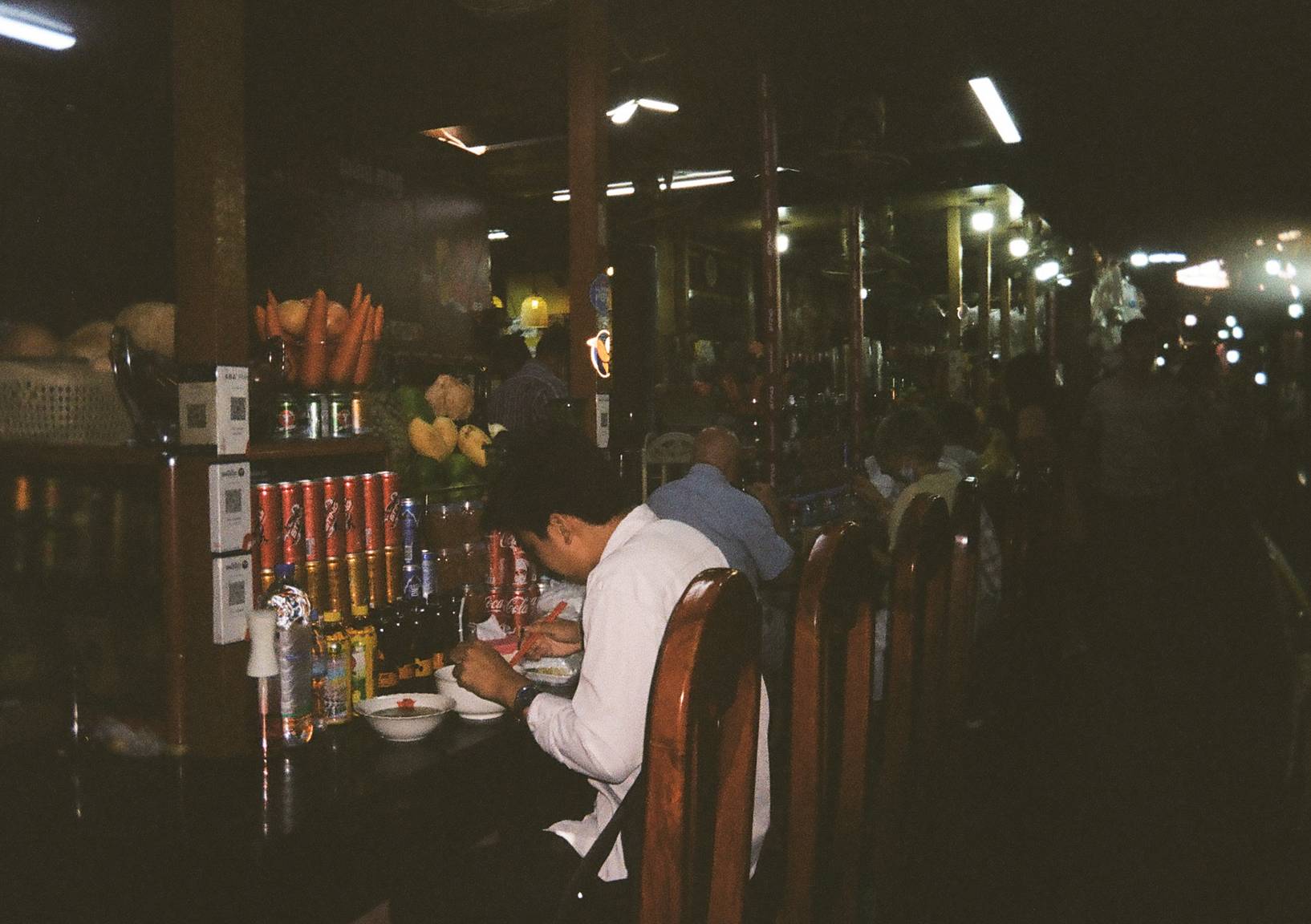

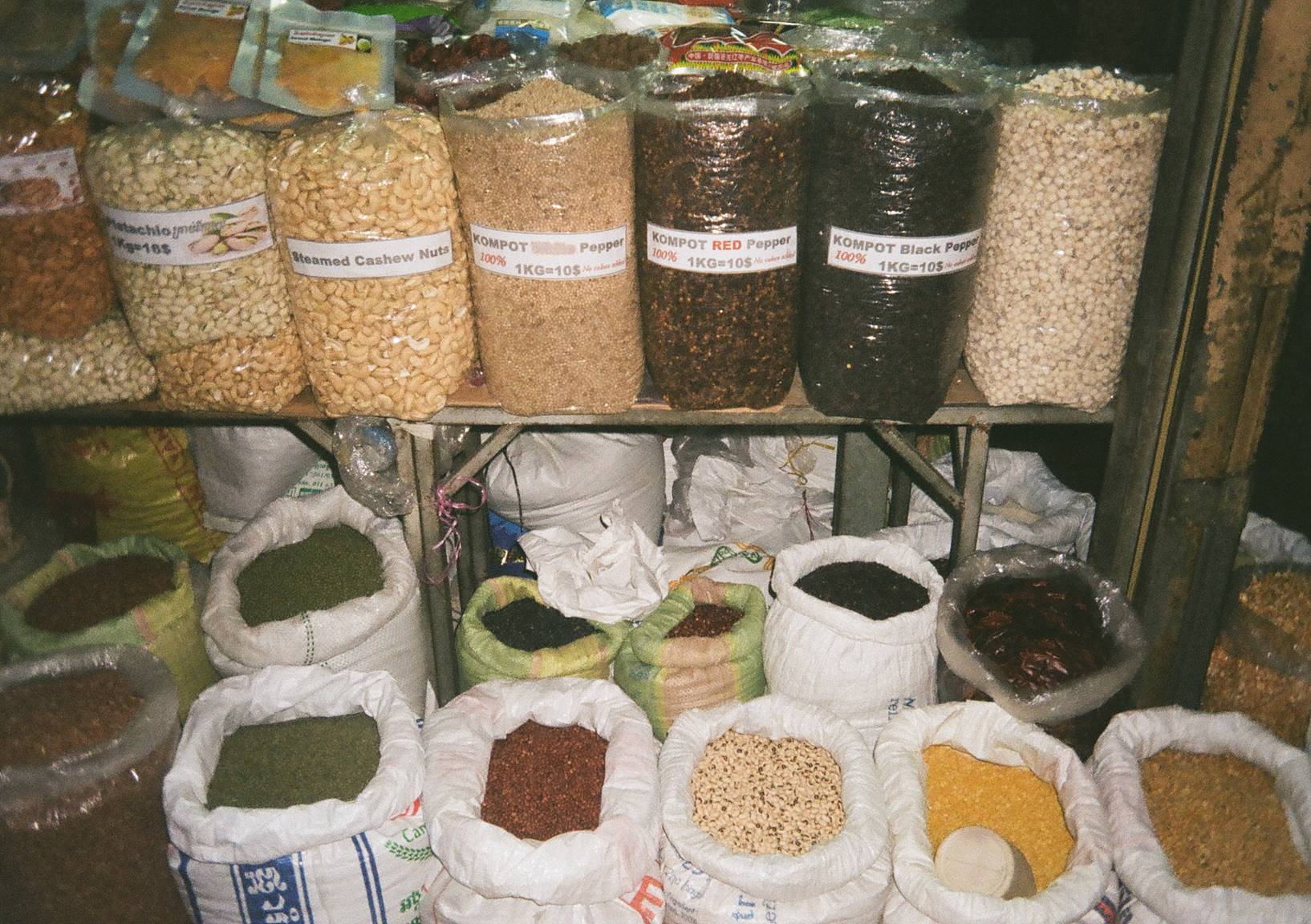








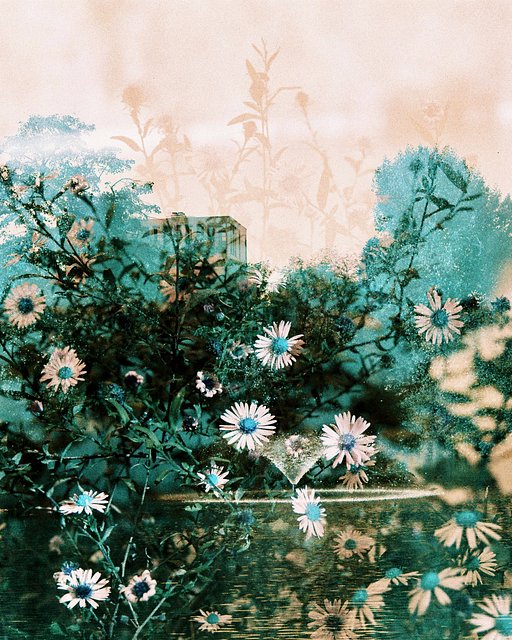









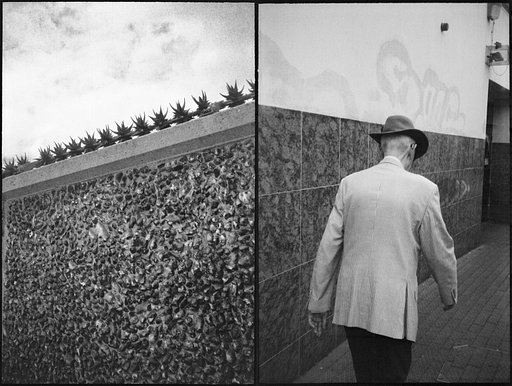

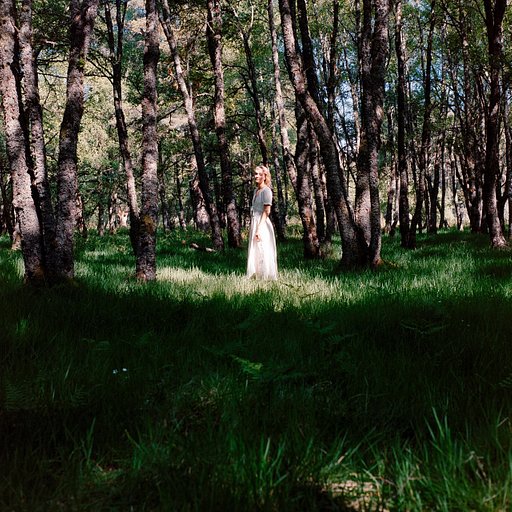

No Comments